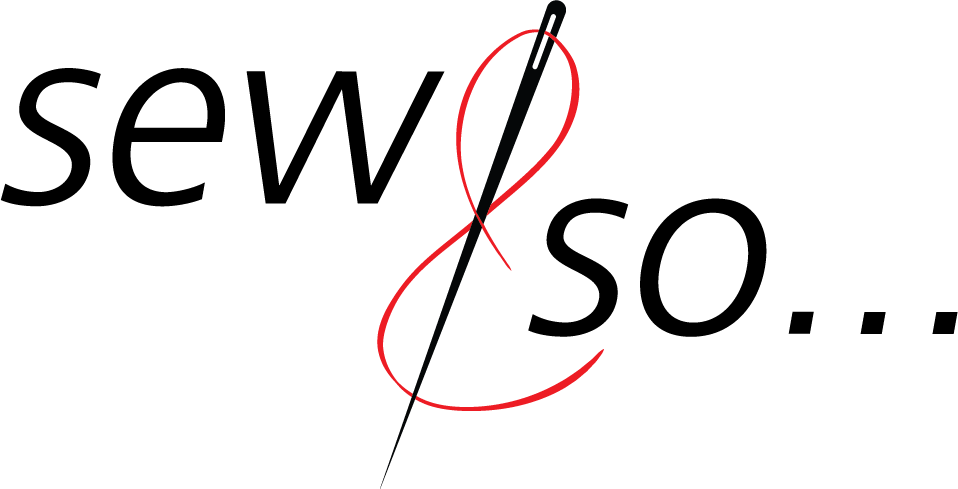Episode 06: Margaret Jankowski
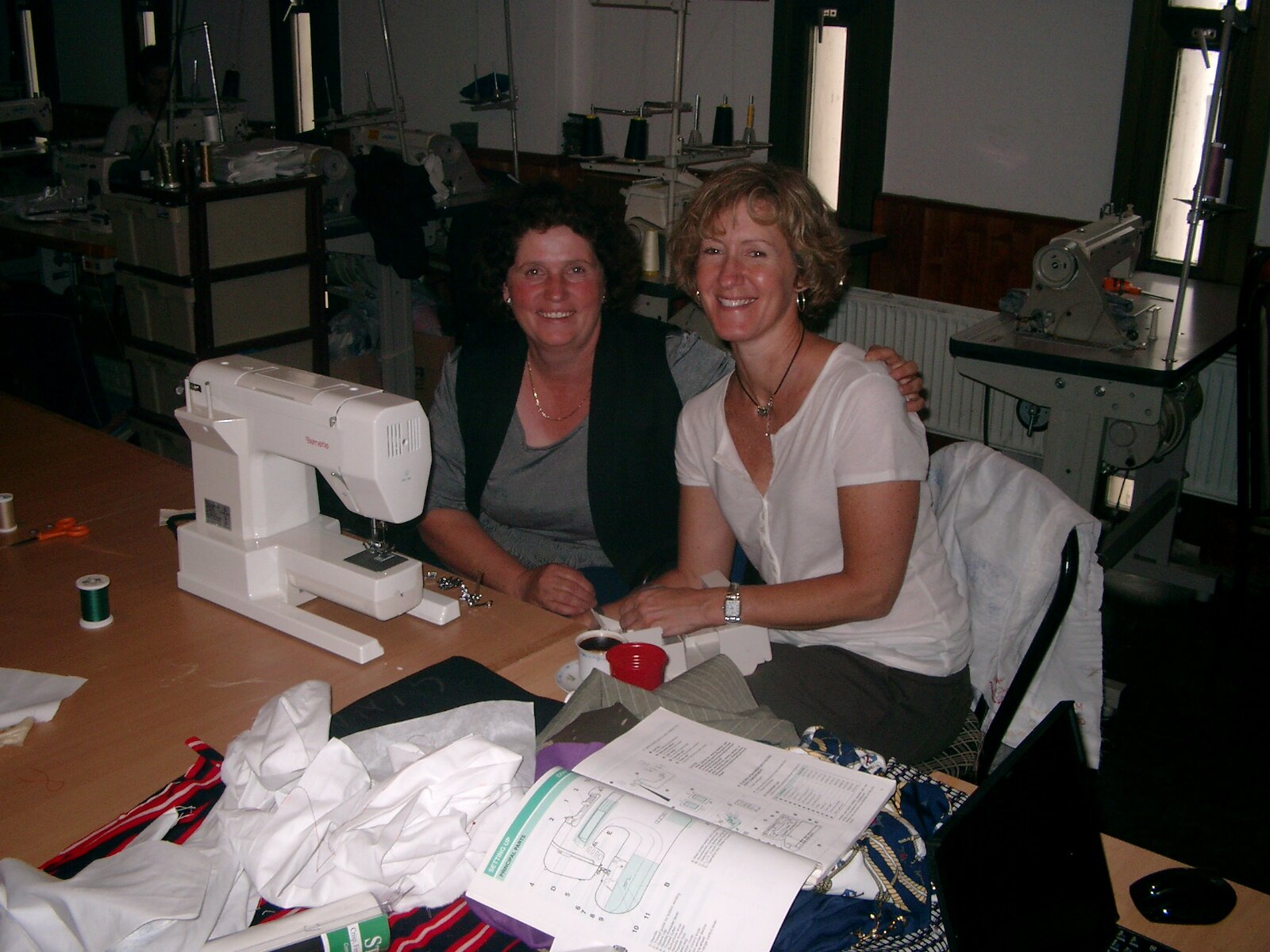
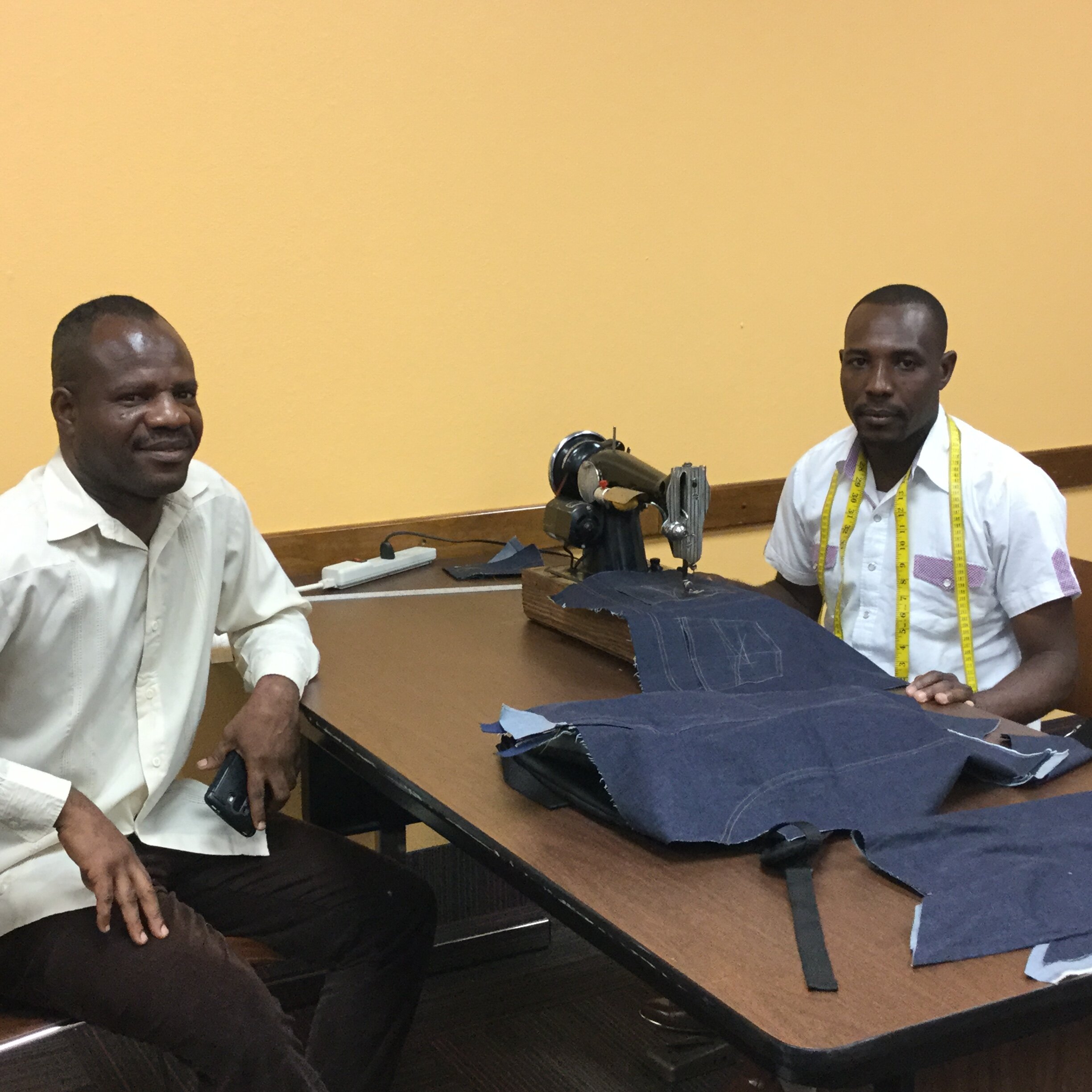
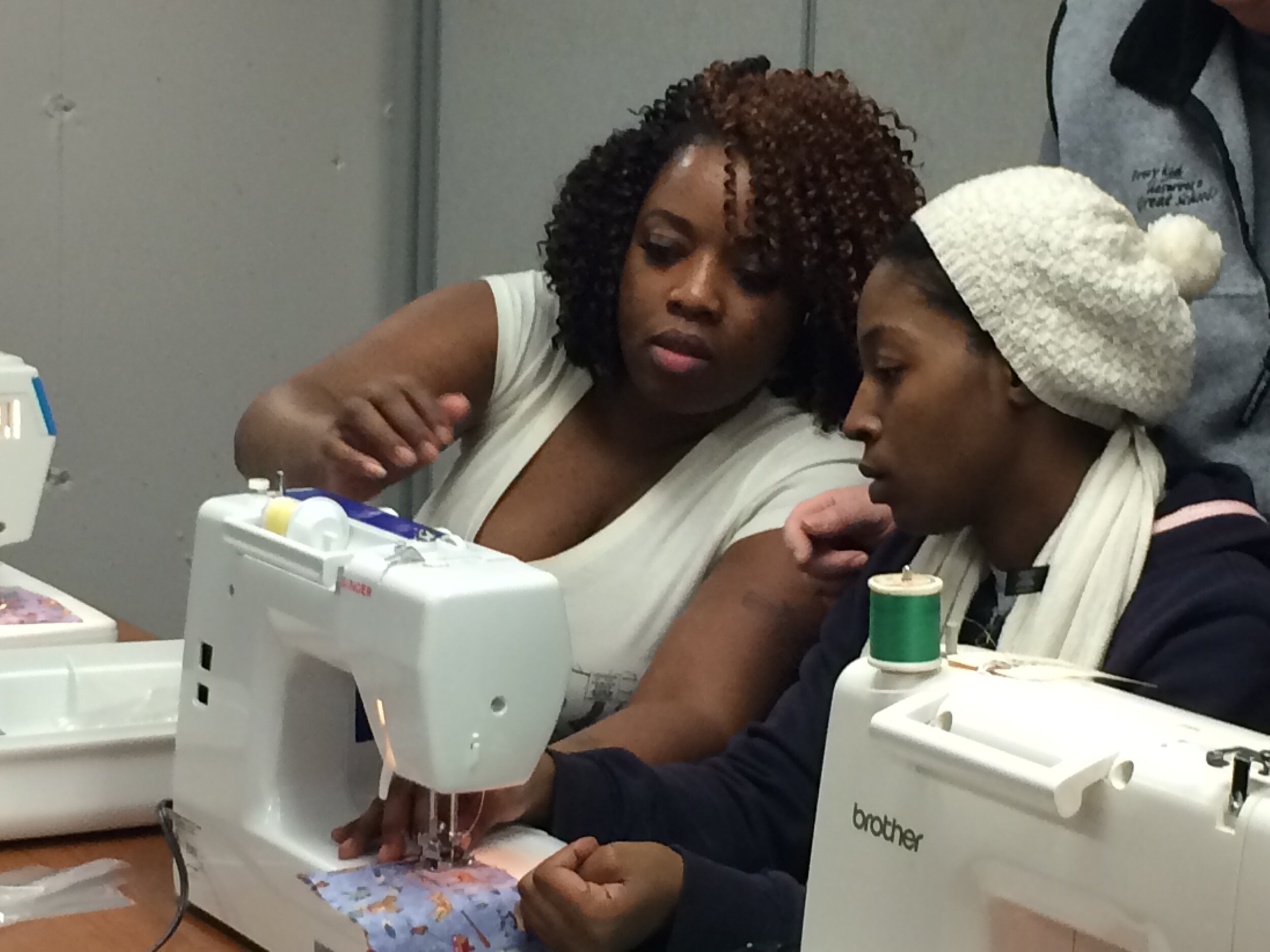
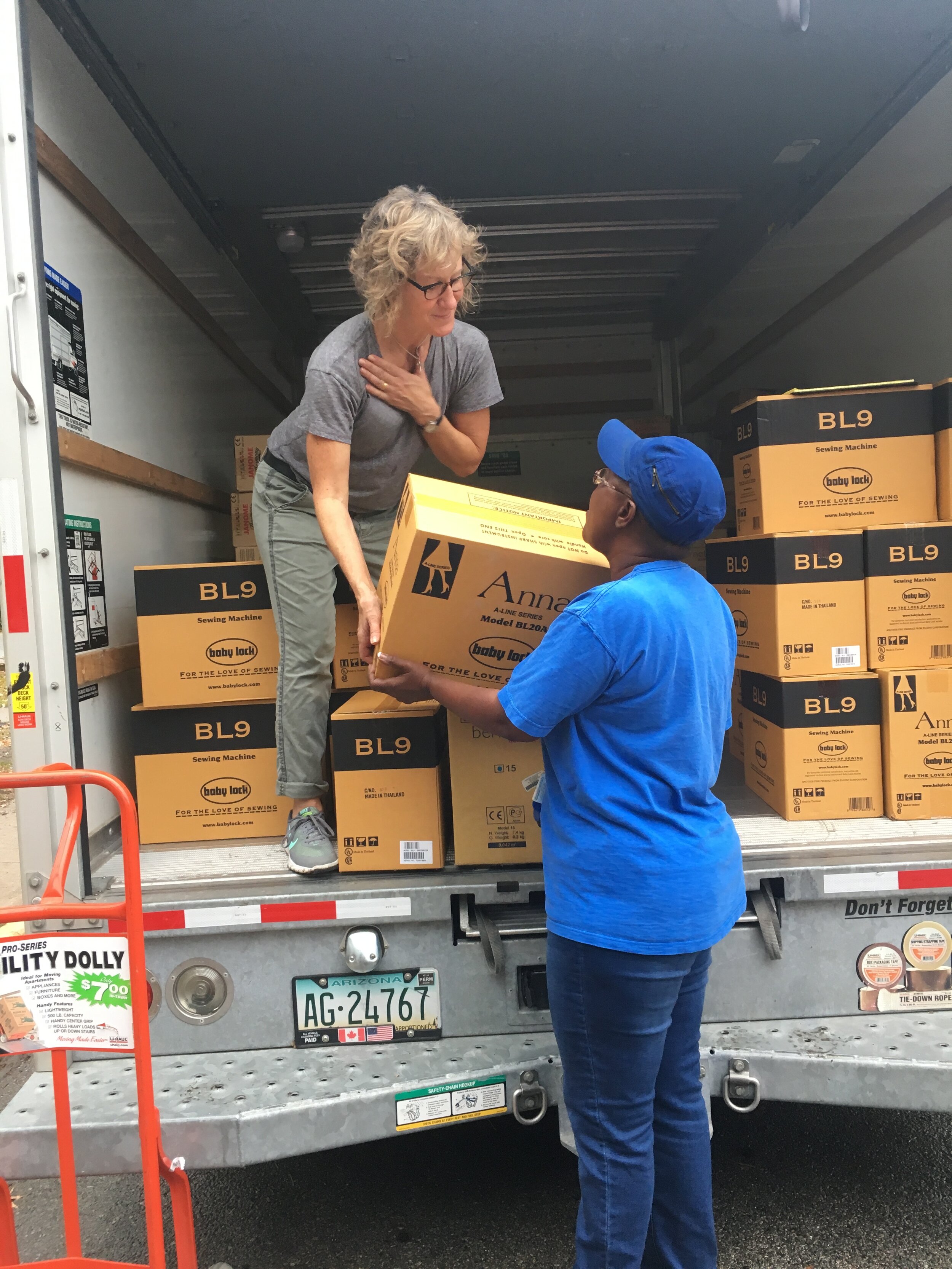
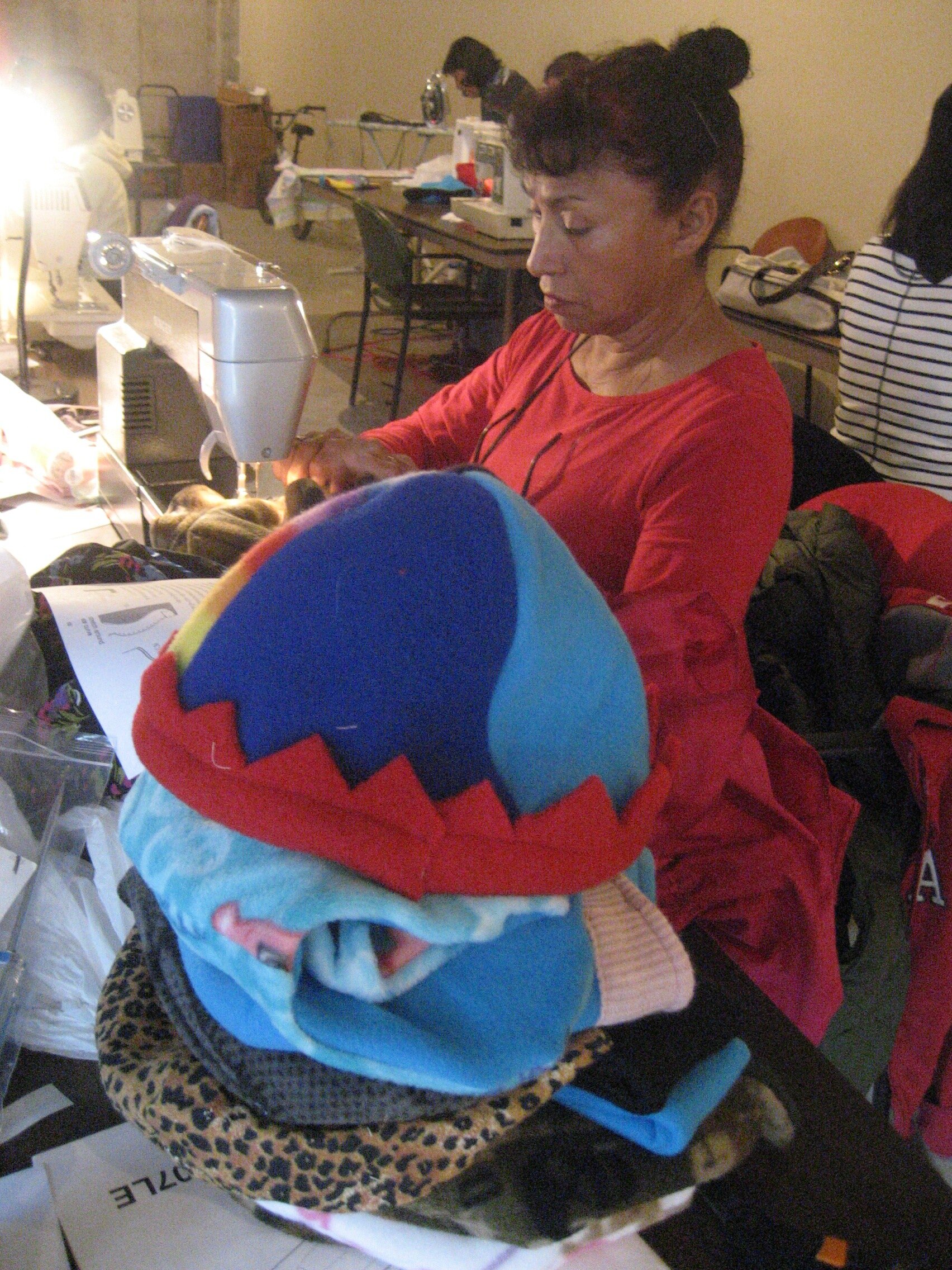
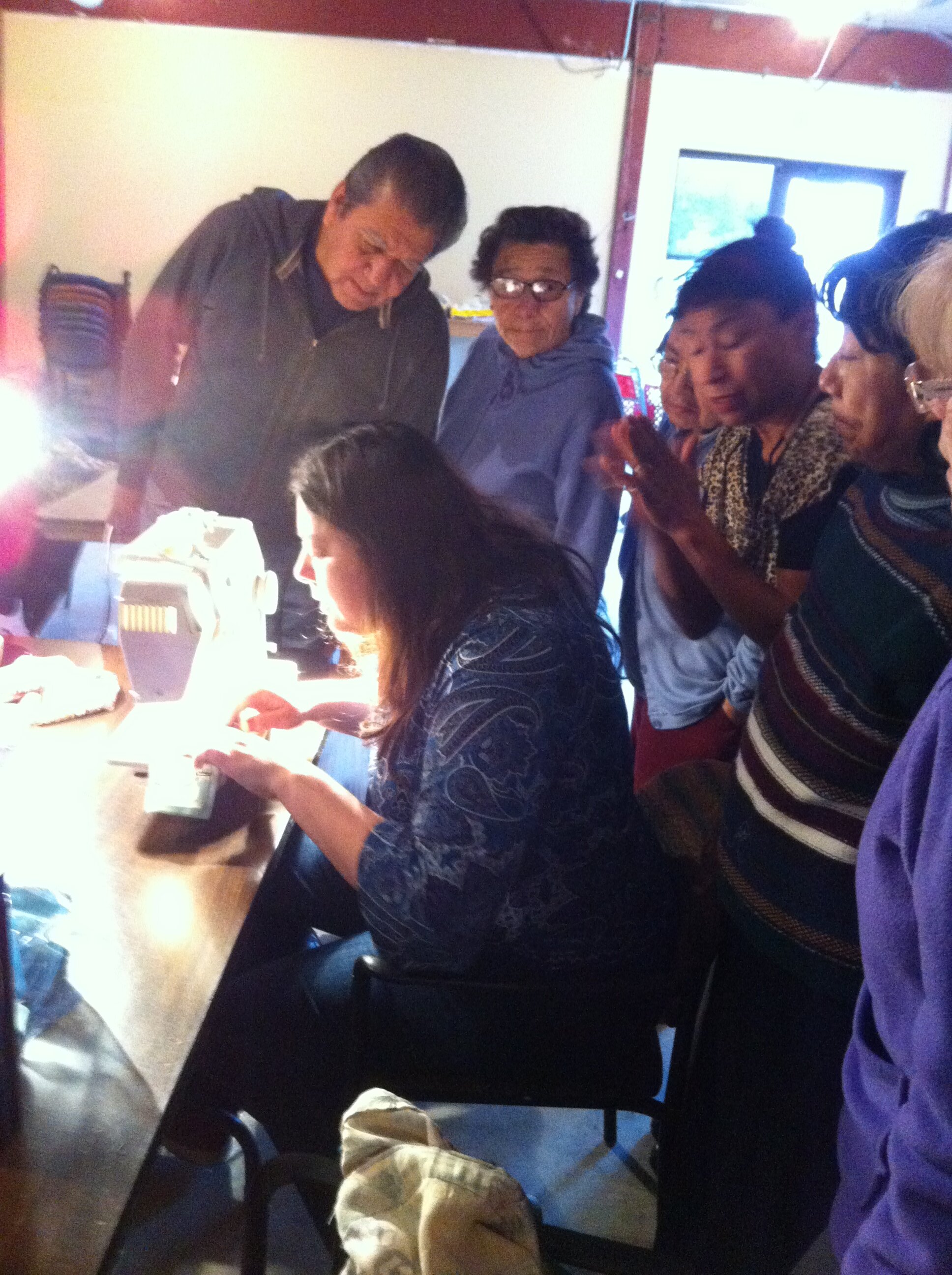
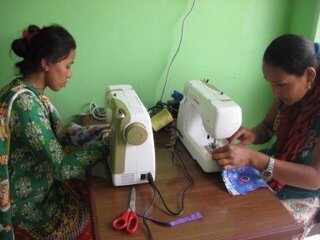

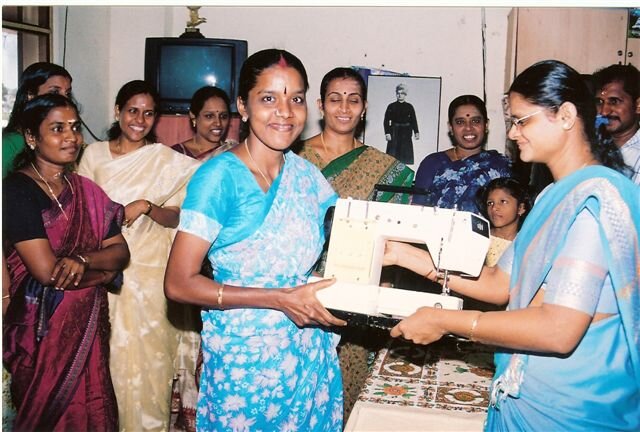
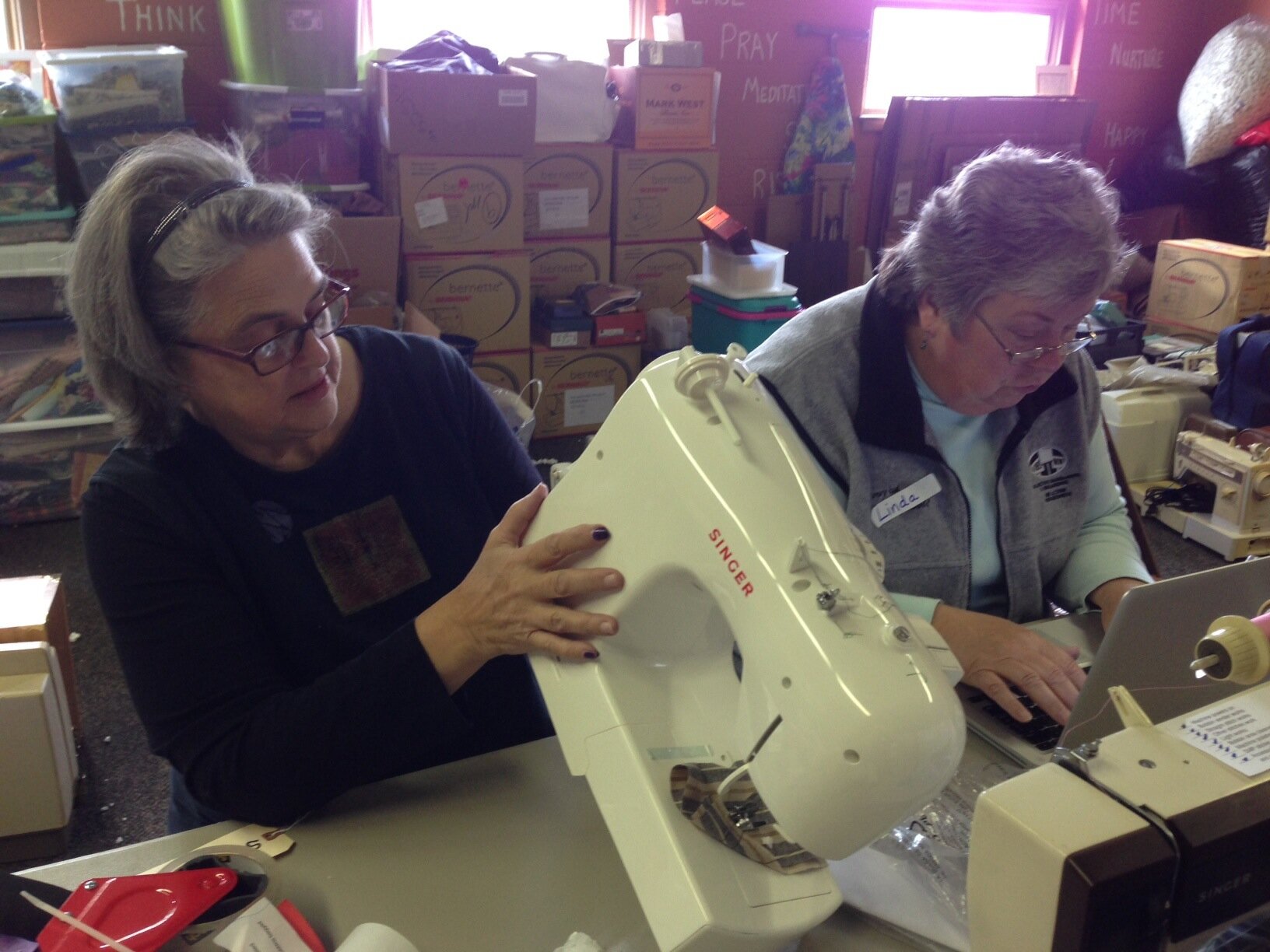
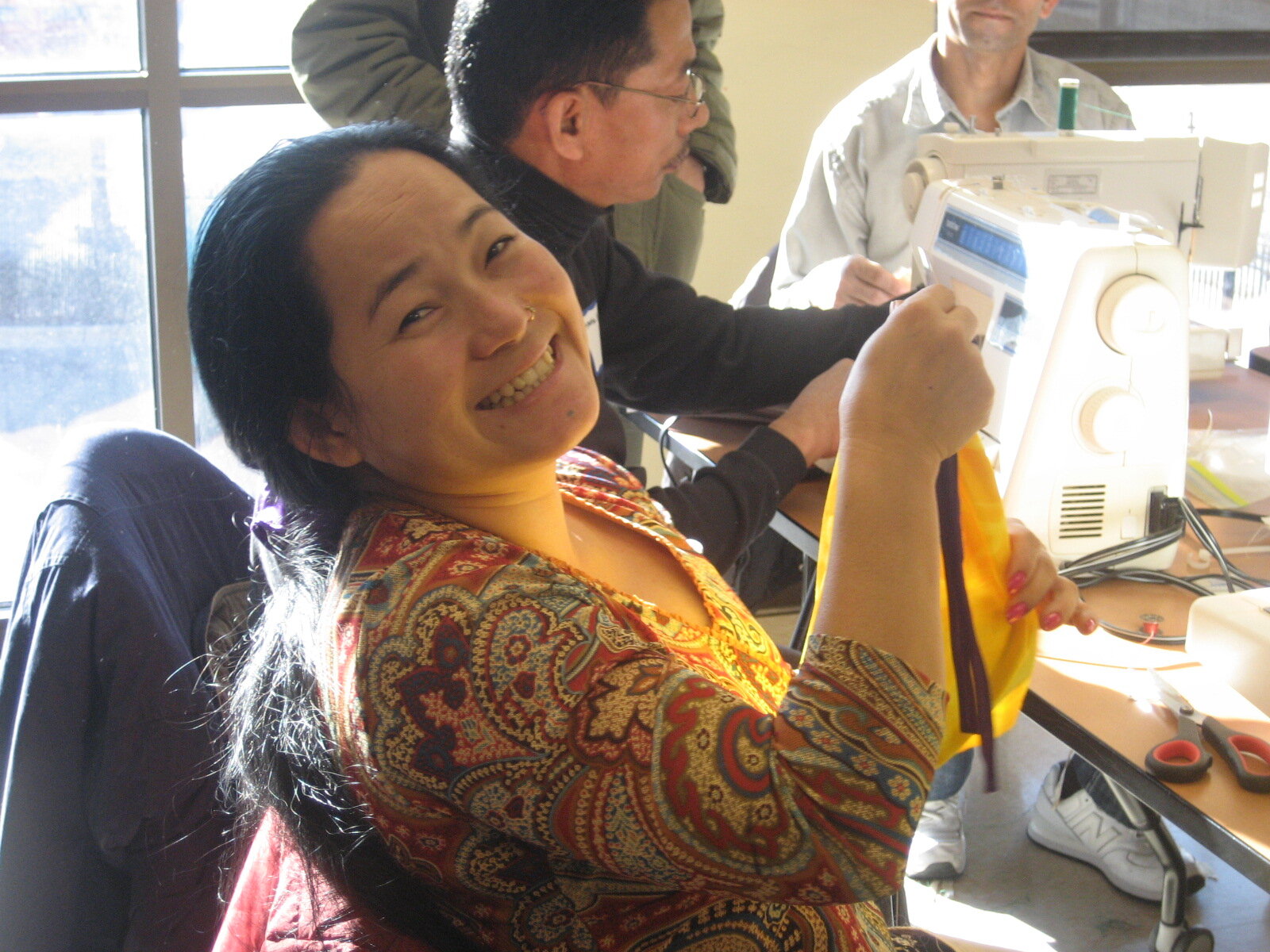
During a casual conversation, Margaret shares that on a Saturday morning in 2005, she happened upon an article that was the genesis of The Sewing Machine Project. The article, written by a BBC reporter, was about three women returning to their village in Southeast Asia after the Tsunami of 2004. When asked what they hoped to find when they returned to her village, one woman’s answer really struck her. She simply said, “My sewing machine.”
As Margaret recounts this story, she shares her realization that while she could survive without her sewing machine, this woman, and many others like her, could not. She read the story again and again. Realizing the inequity of things, she decided to collect sewing machines to give to those less fortunate. And so begins her journey of mending lives through sewing. (2:21-5:00)
When Katrina hit New Orleans, Margaret and her team of volunteers shifted their focus from Sri Lanka to the Gulf. In March of 2006, she headed to New Orleans with a van full of sewing machines. And it just kept growing from there. While other people questioned if the effort would work, she never doubted it. According to Margaret, “There was always just some voice in me that said, just keep going. It’ll work. And it did.”
A perfect example of this is when Margaret was wondering how she was going to get five machines that were similar and in good working order to take to a woman and husband team who were creating a community center in New Orleans. Unable to find a solution, she stepped away from the warehouse of the store where she worked. When she came back about three hours later, five identical machines, all in perfect working order, were lined just inside the customer door - which was odd because nobody ever left machines there. She found out that a local teacher had donated them. It was one of those moments when she knew she was doing the right thing. (8:15 - 12:42)
Margaret’s passion for sewing and her belief that it can give people the space they need to plan forward is undeniable. “When I sew,” she says, “it’s almost like I’m entering a room and the piece I want to create is hovering in that room and I can walk around it and figure out how to create it by looking at the dimensions.” From there she asks herself what steps she needs to take to create the piece; what she needs to do first, second and third. By passing along the opportunity for people to learn to sew, Margaret believe she is also helping them to learn how to free their minds so they can problem solve, one step at a time. She talks about working with women in shelters who experienced extreme trauma, and how they live in a fight or flight world. Sewing gives them the opportunity to relearn what they have to do first, second, third to get to where they need to be. By learning how to construct a garment, they regain the ability to plan forward. (15:15 - 17:55)
The Sewing Machine Project has been growing and evolving for 16 years. The organization helps groups locally, nationally and internationally. Locally, the organization partners with community leaders in Madison, Wisconsin to create classrooms, secure grant funding for teachers, and provide machines for classes. At the end of each class, students are gifted the machines they learned on. All that’s asked in return is that they pay it forward. Some sew flannel caps and donate them, other share their machines, or teach a friend to sew.
A few years ago, the organization also started a mending site, where people can come and get things mended for free. It was so successful, a second site was opened, and then a third. And now, the mending program has taken off nationally. A primary tenant of The Sewing Machine Project is paying it forward, and groups are always asked how they intend to use the machines to help others in the community. While it has physically handed out 3200 machines, Margaret knows they’ve influenced many more lives because of the little ripples that go out from each machine they give. (21:00-27:38). Looking forward, Margaret intends to expand the outreach of her non-profit organization and is currently writing a book about the Sewing Machine Project.
To hear Margaret’s inspiring story, be sure to check out her Sew & So podcast. If you have questions for Margaret or you would like to learn more about donating machines, you can visit thesedignmachineproject.org
